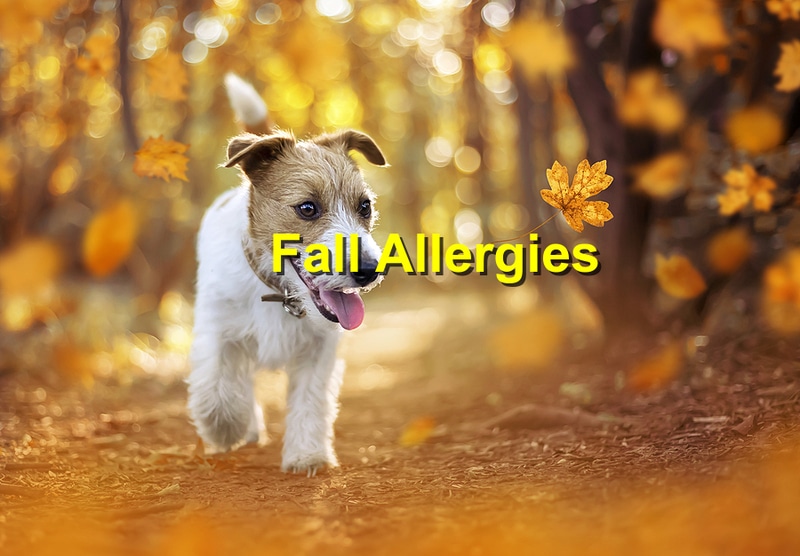Fall Allergies: What You Should Know About Pets and Pollen

When autumn arrives, cooler weather and colorful leaves bring relief from summer heat—but they also mark the beginning of allergy season for many pets. Just like humans, dogs and cats can suffer from seasonal allergies caused by pollen, mold, and other environmental irritants. These allergies can leave your pet uncomfortable and, if untreated, may lead to infections or more serious health problems.
Here’s what every pet owner should know about fall allergies and how to keep their furry friends healthy during the season.
1. What Causes Fall Allergies in Pets?
Fall allergies are often triggered by environmental factors such as:
- Weed pollen: Ragweed, sagebrush, and lamb’s quarters are common culprits.
- Mold spores: Damp leaves and piles of debris can harbor mold.
- Dust mites: Increased time indoors during cooler months raises exposure.
Unlike humans, who often experience sneezing and watery eyes, pets typically show allergies through skin irritation or respiratory issues.
2. Symptoms to Watch For
Recognizing the signs early helps prevent complications. Common allergy symptoms in pets include:
- Excessive scratching, licking, or chewing on paws.
- Red, inflamed, or flaky skin.
- Ear infections caused by inflammation and moisture.
- Watery eyes or nasal discharge.
- Sneezing or coughing in some cases.
If your pet’s symptoms persist, it’s best to consult a veterinarian for proper diagnosis.
3. How to Manage and Treat Allergies
Managing pet allergies requires both prevention and treatment. Some strategies include:
- Bathing regularly: Use vet-approved shampoos to wash away allergens from fur and skin.
- Wiping paws: After outdoor walks, clean your pet’s paws to remove pollen.
- Using air purifiers: Helps reduce indoor allergens like dust and mold.
- Medications: Antihistamines, anti-itch sprays, or prescription treatments from your vet may be necessary.
- Diet adjustments: Omega-3 fatty acids can help reduce inflammation and improve skin health.
4. Preventing Exposure During Fall
Reducing your pet’s exposure to allergens can make a big difference.
- Keep windows closed during high-pollen days.
- Wash bedding, toys, and collars frequently.
- Limit time outdoors when pollen counts are highest, usually in the early morning and late afternoon.
- Rake leaves promptly to prevent mold growth in your yard.
5. When to Call the Vet
If your pet shows persistent itching, hair loss, or repeated ear infections, professional care is necessary. A vet may perform allergy testing to identify specific triggers and create a tailored treatment plan. In severe cases, allergy shots or immunotherapy may be recommended.
Conclusion: Helping Pets Through Allergy Season
Fall allergies can make life uncomfortable for your pet, but with awareness and proactive care, you can help them stay healthy and happy. By monitoring symptoms, reducing allergen exposure, and seeking veterinary guidance when needed, you’ll ensure your furry friend enjoys the season as much as you do.
References: Mayo Clinic, Met Office
Comments
Post a Comment